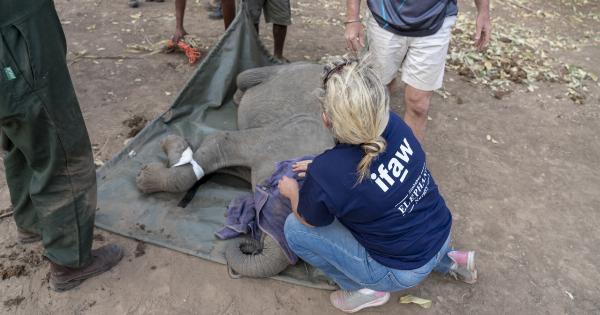Secondary drowning is a rare but potentially deadly condition that can occur following a water accident or near-drowning incident.
Also known as delayed drowning, it happens when water enters the lungs and causes inflammation, leading to breathing difficulties hours or even days later. Understanding the causes, symptoms, and prevention measures for secondary drowning is crucial for ensuring water safety and saving lives.
Causes of Secondary Drowning
The main cause of secondary drowning is water entering the lungs, which can happen due to various reasons:.
- Submersion or near-drowning accidents: When someone is immersed in water or experiences a near-drowning incident, there is a risk of water being inhaled into the lungs.
- Inhalation of water during swimming or underwater activities: Accidentally inhaling water while swimming or engaging in underwater activities can also lead to secondary drowning.
- Swallowing water: If a significant amount of water is swallowed, it can enter the lungs and cause inflammation.
- Inhalation of water through the nose: Water entering the nose can find its way into the lungs in some cases, especially when swimming or diving.
Symptoms of Secondary Drowning
Recognizing the symptoms of secondary drowning is vital to seeking immediate medical attention. Although they typically appear within 24 hours of a water incident, symptoms can sometimes develop up to 48 hours later.
Common signs of secondary drowning include:.
- Persistent coughing: A persistent, worsening cough may indicate that the body is attempting to clear water from the airways.
- Shortness of breath: Breathing difficulties and shortness of breath may become more noticeable as inflammation sets in.
- Chest pain: Pain or discomfort in the chest can be a symptom of secondary drowning and should not be ignored.
- Extreme fatigue: Feeling excessively tired or lethargic after a water accident can be a warning sign.
- Changes in behavior: Irritability, confusion, or unusual behavior may be indicative of oxygen deprivation.
- Blue-tinged skin, lips, or nails: Cyanosis, a bluish coloration of the skin, occurs due to lack of oxygen and is a severe symptom requiring immediate medical attention.
Prevention Measures for Secondary Drowning
Although secondary drowning is rare, taking preventive steps can significantly reduce the risk. Here are some crucial measures to prevent secondary drowning:.
- Supervision and constant vigilance: Always keep a watchful eye on individuals swimming or near bodies of water, especially children. Accidents can happen swiftly and silently, so maintaining constant vigilance is crucial.
- Teach swimming and water safety skills: Ensuring that individuals of all ages have proper swimming skills and knowledge of water safety is essential in preventing accidents.
- Use Coast Guard-approved floatation devices: When participating in water activities, such as boating or fishing, always use appropriate floatation devices that are approved by the Coast Guard.
- Stay within designated swimming areas: Swimmers should remain within designated areas with lifeguards present. These areas are typically safer and monitored for any potential hazards.
- Teach children not to swallow or inhale water: Educate children about the dangers of swallowing or inhaling water while swimming and encourage them to avoid doing so.
- Take swimming lessons: Enroll children and adults in swimming lessons to ensure they have the necessary skills and confidence to swim safely in various water environments.
- Learn CPR: Obtain CPR certification to be prepared to respond in case of an emergency. Quick action can save lives.
- Encourage breaks and rest: Remind swimmers to take regular breaks to prevent exhaustion and reduce the risk of accidents.
- Avoid alcohol consumption: Alcohol impairs judgment and coordination, increasing the likelihood of accidents in or around water.
- Stay updated on water safety guidelines: Familiarize yourself with the latest water safety guidelines and recommendations, as they may contain crucial information for preventing accidents and secondary drowning.
Seek Medical Attention Immediately
If you suspect secondary drowning, it is vital to seek immediate medical attention, even if symptoms are not severe. Delaying treatment can lead to further complications and worsen the outcome.
Emergency medical professionals can assess the situation, provide appropriate care, and monitor pulmonary function to ensure the well-being and safety of the individual.
Conclusion
Secondary drowning, although rare, is a serious condition that requires attention and preventive measures to minimize the risk.
Recognizing the causes and symptoms of secondary drowning is crucial, as is taking appropriate steps to prevent water accidents and promote water safety. By remaining vigilant, promoting swimming skills, and following recommended guidelines, we can protect ourselves, our loved ones, and others from the dangers of secondary drowning.































